Have you ever noticed that each Vietnamese banknote carries a fascinating story? Behind the numbers and vibrant colors, there are landmarks and historical sites that reflect Vietnam’s rich culture and heritage. Let’s embark on a unique journey to explore the iconic places featured in Vietnam’s currency and why they hold a special place in the country’s heart.


On the 1,000 VND note, we find a depiction of timber exploitation in the Central Highlands of Vietnam. This area is known for its vast forests, and this scene represents an important part of the region’s history and economy. The rugged beauty of the Central Highlands, with its majestic mountains and dense jungles, is captured in this image, reminding us of Vietnam’s rich natural resources and the relationship between the land and its people. The timber industry here has been a significant part of the local economy for generations, and the image on the banknote reflects this deep connection.
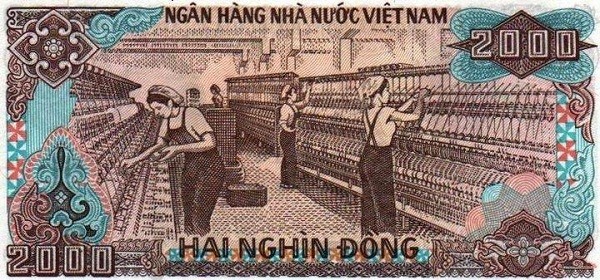

The 2,000 VND note features the Nam Dinh Textile Factory, a symbol of Vietnam’s industrial growth. Located in the heart of Nam Dinh province, the factory has long been at the forefront of Vietnam’s textile industry. The legacy of the factory is seen not just in its economic importance but also in the social impact it had on the region, providing jobs for countless local families. The image on the bill is a tribute to the hardworking individuals who have built the foundation of Vietnam’s textile sector, which continues to be a major part of the country’s export economy.
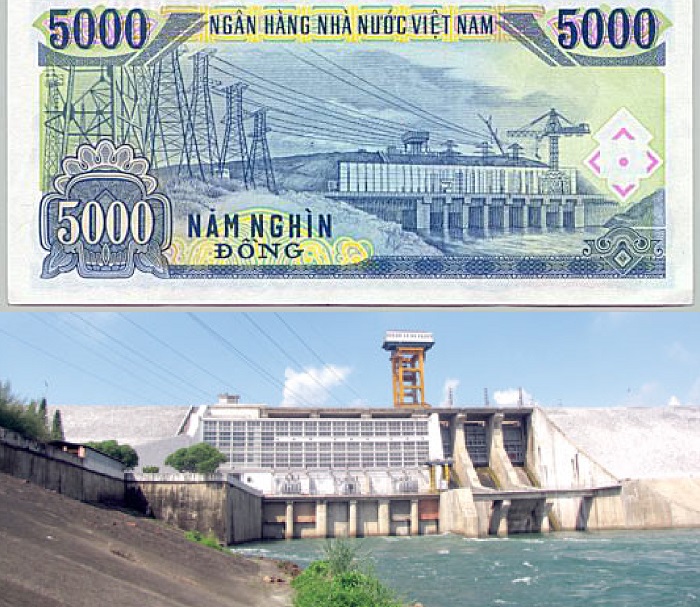
The 5,000 VND note features a beautiful scene from the Tri An Hydroelectric Plant. Located in Dong Nai province, this plant is a key part of Vietnam’s energy infrastructure. The image captures both the modernity and the natural beauty of the area. The dam itself is a stunning feat of engineering, providing electricity to the southern regions of Vietnam. Visitors to Tri An can experience the impressive scale of the plant and enjoy the surrounding natural landscape, which includes tranquil waters and lush greenery.
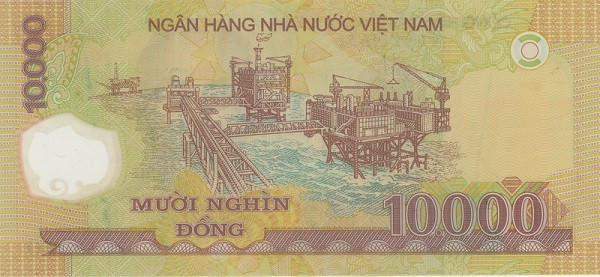

On the 10,000 VND note, we see the Bach Ho Oil Field, one of Vietnam’s largest and most important oil reserves. The image on the bill depicts the extraction of oil and gas from the field, which is located offshore in the South China Sea. The field has been a crucial part of Vietnam’s energy sector for decades, and it continues to play a vital role in the country’s oil production. The Bach Ho Oil Field is known not just for its economic importance but also for the impact it has had on the development of Vietnam’s oil industry. The offshore platforms stand as towering symbols of technological advancement and national progress. Visitors who are interested in energy production can take a guided tour of the area, offering them the chance to see firsthand the operations that drive the nation’s oil and gas industry.
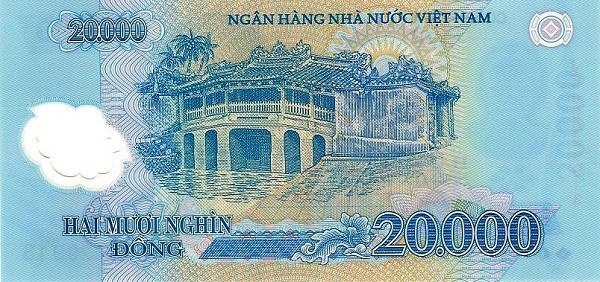
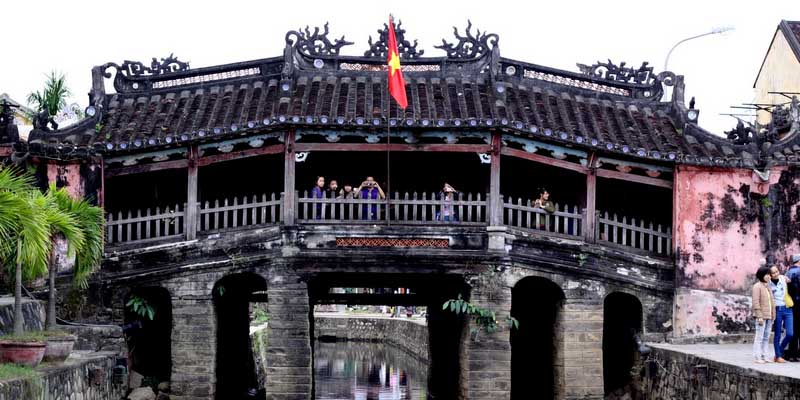
The Chua Cau (Japanese Bridge) in Hoi An, Quang Nam, is featured on the 20,000 VND note. This beautiful and historic bridge, which dates back to the 16th century, is one of Hoi An’s most iconic landmarks. The bridge itself is a unique fusion of architectural styles, with influences from both Vietnam and Japan. Chua Cau is not just an architectural wonder; it also symbolizes the rich cultural exchange between Vietnam and Japan during the ancient trading era. Hoi An’s charm lies in its preserved ancient streets, vibrant culture, and historical significance. The bridge is a must-visit for anyone exploring this UNESCO World Heritage town.
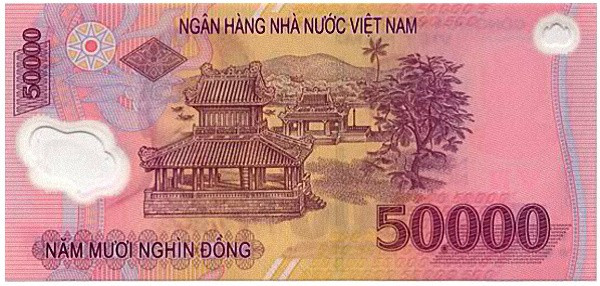
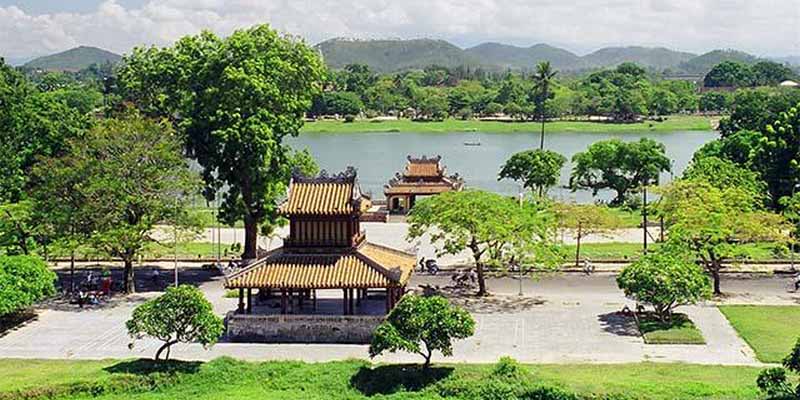
On the 50,000 VND note, we see the Ngo Mon Gate and two other significant landmarks in Hue: the Nghenh Luong Dinh and Phu Van Lau. These sites are located in the Imperial City, the former seat of the Nguyen dynasty. The Nghenh Luong Dinh was a royal pavilion used by the emperor as a resting place before embarking on the river to board the royal boat, while Phu Van Lau was used to announce imperial decrees and examination results. These monuments represent the grandeur of Vietnam’s feudal history, and visiting them offers an insightful glimpse into the daily life of Vietnam’s emperors. The Ngo Mon Gate, the main entrance to the Imperial City, is particularly notable for its striking architecture, with five arched gates symbolizing the five elements of Chinese philosophy: metal, wood, water, fire, and earth. The gate is a testament to the grandeur and historical importance of the Nguyen dynasty.
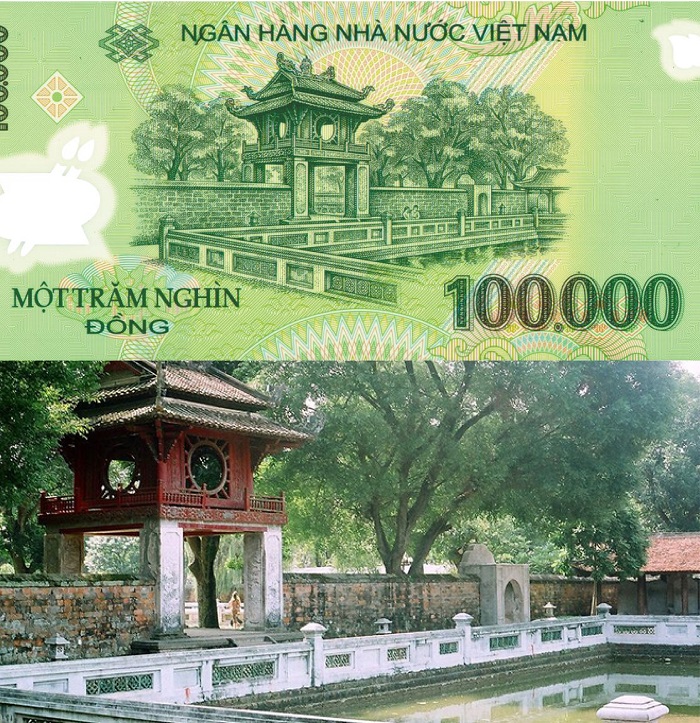
The Temple of Literature (Van Mieu - Quoc Tu Giam) in Hanoi is a revered site that has been a symbol of education and intellectual achievement in Vietnam for centuries. Founded in 1070, it is the first university in the country and honors Confucianism and academic excellence. The tranquil courtyards, ancient stone stelae, and beautiful architecture all tell the story of Vietnam’s long-standing respect for education. As you walk through the temple, you can feel the weight of Vietnam’s scholarly traditions. The Van Mieu complex includes five main courtyards, each dedicated to different aspects of Confucian thought, from teaching to learning. The stelae of doctors, which list the names of graduates who passed the royal exams, are a unique feature of the site and provide a fascinating glimpse into Vietnam’s academic history. The image on the 100,000 VND note reflects the cultural and historical importance of the Temple of Literature, which continues to inspire future generations.
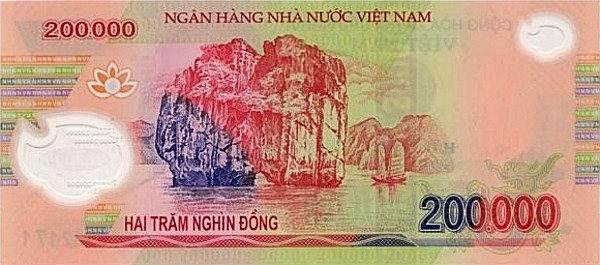
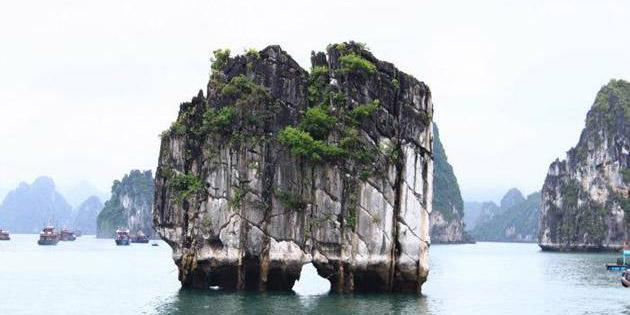
The 200,000 VND note features the breathtaking Ha Long Bay, with the iconic Dinh Huong Island. Ha Long Bay is one of the most famous natural wonders in Vietnam, known for its emerald waters and thousands of towering limestone islands. The image on the bill captures Dinh Huong Island, which resembles a giant incense burner rising from the sea. This striking rock formation has become a symbol of the spiritual and natural beauty of Ha Long Bay. The bay is not only famous for its scenic beauty but also for its biodiversity and cultural significance. Visitors can explore the many caves, islands, and floating villages within the bay. For nature lovers, Ha Long Bay offers a unique opportunity to witness the delicate balance between human life and nature in this UNESCO World Heritage site.
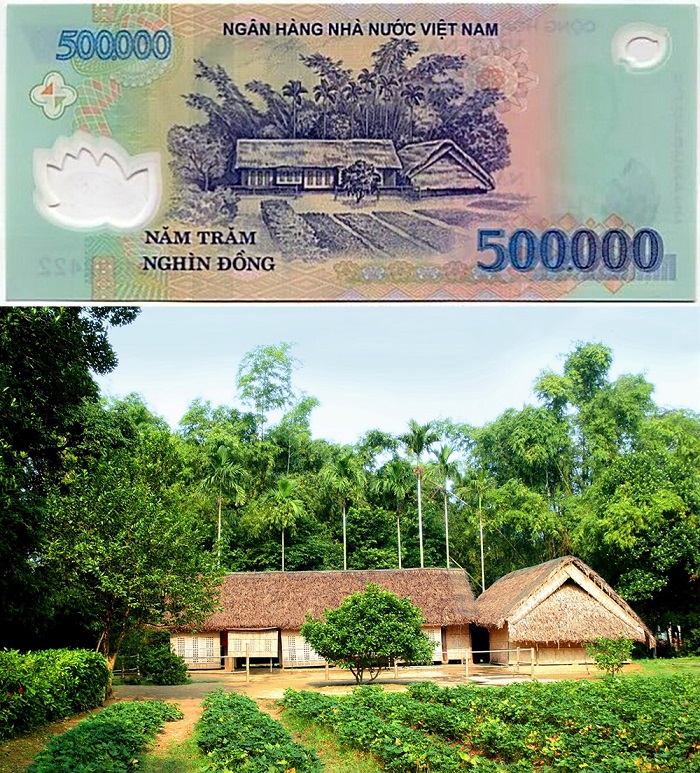
The 500,000 VND note features the childhood home of President Ho Chi Minh in Kim Lien Village, Nghe An. This humble, five-room house is located in the village where Ho Chi Minh was born and raised. Today, it is part of the Kim Lien Historic Site, a major tourist attraction that preserves artifacts and memories of his early life. The site holds deep emotional significance for the Vietnamese people, as it marks the roots of the country’s greatest revolutionary leader. The house, made of simple materials and surrounded by lush greenery, reflects the modesty and determination of a man who would go on to lead Vietnam to independence. Visitors can tour the house and surrounding area to learn more about the early years of Ho Chi Minh, gaining insight into the values and experiences that shaped his later leadership. The Kim Lien Historic Site is one of the most important historical landmarks in Vietnam and serves as a national symbol of patriotism and resilience.
Have you visited any of these iconic locations? If you’re planning a trip to Vietnam, which of these places would you most like to explore? Let us help you make your dream trip come true by offering unique travel packages to these fascinating sites.
Book your tour with Vietour Travel today and discover Vietnam like never before!